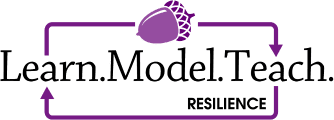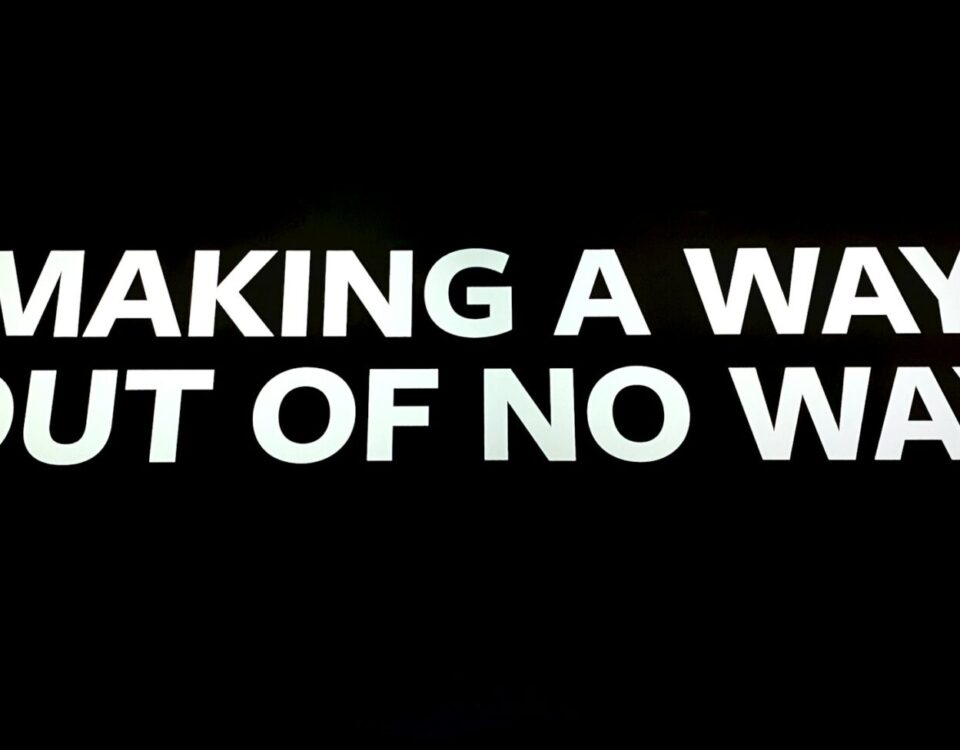
Self-Advocacy: Leveling Up
February 12, 2025
Black Resilience Lessons
February 26, 2025This series about self-advocacy started as a conversation with a room full of social workers about how to help clients advocate for themselves. To start, I looked at what self-advocacy is and is not. Then I broke this complicated process into 9 elements that are needed to create change. The elements are layered in tiers with the most critical being Everyday Resources, Ability to Ground, and Belief in Your Right to Ask. At a second tier are Goals and Objectives, Knowledge, and Support. When things become more difficult, or long term, you need a higher level with: Focused Resources, Communication Skills, and Collaboration.
My hope is that this framework will allow you to strengthen your own self-advocacy, model that for others, and teach it when you have the opportunity. There are many ways you can use the framework for yourself, collaboratively with others, or to teach. Here are a few examples:
Assessment
Assess each element to decide if there are enough resources or skills to move the self-advocacy goal forward. If someone seems stuck or isn’t making progress taking two steps back to look at the elements can help identify what is most needed at this point in time.
Project Planning
It can be hard to know where to start for a bigger project. Based on the rank ordering of the elements, priorities can be made as to where to begin. Critical gaps can be identified and addressed. Some self-advocacy projects take considerable time, getting the foundation stable improves the long-term success of the process.
Skill Building
Missing skills can be identified so that you can either find someone who can take on those tasks or find a way to learn those skills. This is a cycle of continued growth and learning. As individuals learn skills, they will naturally model them in their own actions which in turn allows them to teach others.
Knowledge Building
Identify what participants need to know and where that information can be found. If you are working with many people who need to know the same things, resources can be found or built that are informative and accessible.
Empowerment
One of the key elements is Belief in Your Right to Ask. The person advocating for themselves needs support to empower them throughout the process. Finding ways to check in on folks and to provide encouragement is powerful.
By describing the elements in increasing order of complexity, the framework gives us a place to start in strengthening our own, and others, self-advocacy. I will be sharing this framework in conversations with other professionals to explore ways they can use it to support their client’s self-advocacy journeys. This framework allows us to take a very complicated process and look at it from different angles. I hope that you will try it out in your life and that you will share it with others. Your ability to get your needs met, and to teach others to do the same builds a healthy community for all.
About the framework: This is the beta version of the Self-Advocacy Framework. I am open to your input. Each of the 9 elements will be broken down into more specific resources and skills in future iterations. You are welcome to share your feedback at lgaines@IndividualSolutions.org.
Peace,
Laura




